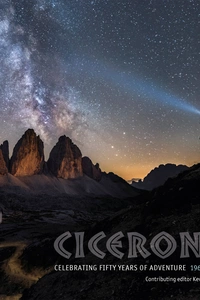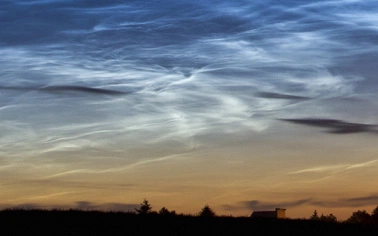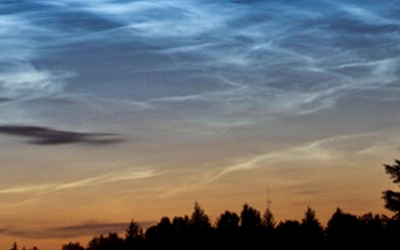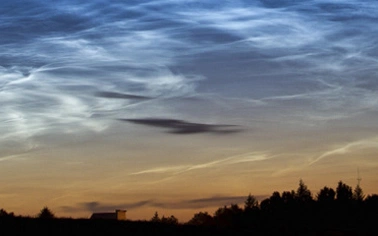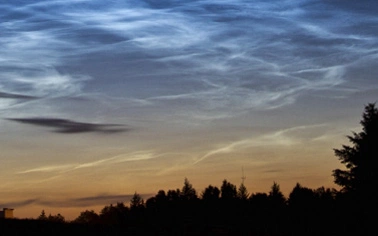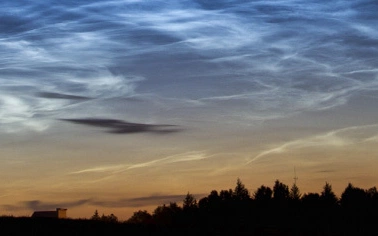Skywatch Winter: Orion the Mighty Hunter
Astronomy is the oldest of the sciences. People have been gazing at the night sky since before recorded history. Modern telescopes allow astronomers to see objects so distant that the light we are seeing from them set off before the formation of our own planet but you don’t need a telescope to enjoy the night sky.
On a typical clear and moonless night we can often see up to 3,000 or so stars with the naked eye and sometimes spot the sudden appearance of a meteor or a satellite travelling around the Earth. And if you take a little time to look around you’ll soon notice that patterns emerge and the sky takes on some semblance of order. Many of these star patterns were described and charted by astronomers thousands of years ago and the star charts and maps of today contain many of the constellations recorded by the ancients. And although the stars themselves are travelling through space they are in fact so far away from us that these movements make very little difference to their apparent positions in the sky. This means that the constellations that grab our attention now are practically unchanged from those seen by those early astronomers.
The only challenge today is the light pollution in our towns and cities but as ramblers, fell-walkers and mountaineers we often find ourselves well away from the glare of city lights and able to enjoy ‘dark skies’ as they are meant to be seen. Maybe you're wild-camping, bivvying or staying in a mountain hut or bothy – enjoy the night sky, and learn a little more from astronomer Brian Jones, author of several books, including The Practical Astronomer and Beginners Guide to Astronomy.
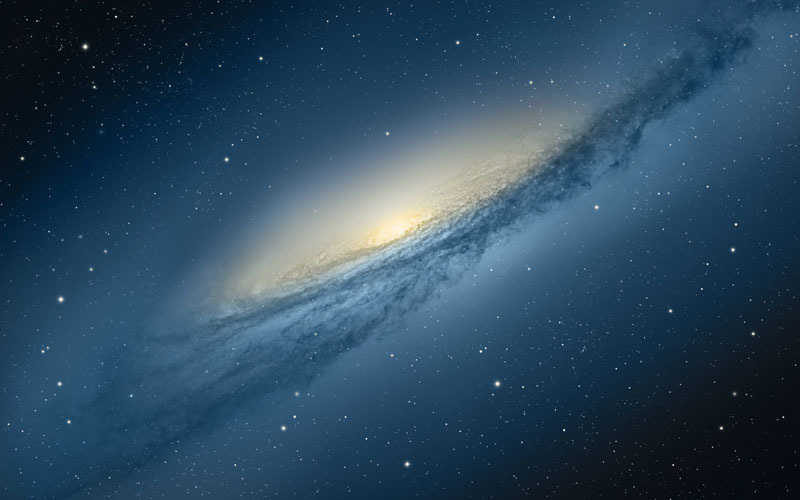
Orion – up close and personal
One of the most famous and easily-recognisable star patterns is Orion, easily located in the south-eastern sky, roughly midway between the horizon and overhead point, during early evenings in December. Orion is widely regarded as being the most beautiful constellation in the sky and, once seen, its conspicuous pattern of bright stars is unmistakable.
As with most of the constellations in the night sky, the stars we see in Orion are only aligned as we see them from our particular vantage point on Earth. They only appear to be close together in the sky from here. To astronomers situated elsewhere in our Galaxy the arrangement of these stars may bear little, if any, resemblance to the constellation that we see from our planet.
Orion was one of the sons of Neptune. He boasted far and wide of his prowess in hunting, even declaring himself to be a match or the gods. Diana, the Goddess of the Hunt, was naturally somewhat put out by this and, in an effort to bring Orion down a peg or two, challenged him to a hunting match, a challenge which the proud Orion gladly accepted. Many days and nights were spent in the chase, but in the end there was nothing to choose between them, and the contest was declared a draw. Naturally, this did little to curb Orion’s vanity and he continued to brag. So, in a fit of anger, Diana commanded a scorpion to crawl out of the ground and kill him, and then placed the mighty hunter among the stars where he can be seen to this day.
The north eastern corner of Orion is marked by the brilliant red supergiant Betelgeuse, the name of this star being derived from the Arabic ‘Yad al-jauza’ meaning ‘the Hand of al-jauza’. Medieval translators mistakenly took the first letter as being a ‘B’ rather than a ‘Y’, from which the currently accepted name of this star eventually emerged. The exact identity of ‘al-jauza’ is not clear, although it seems that Arabic astronomers saw a female figure in these stars, and that may have been her name.
Shining from over 500 light years away, Betelgeuse is one of the largest stars known to astronomers. It is so large that if it occupied the position of our Sun, its outer surface would extend beyond the orbit of Mars. Betelgeuse pulsates slightly, resulting in slight changes to its diameter and consequent variations in its brightness. However, as they take place over periods of several years, these changes are only very slight and not particularly noticeable.
The ruddy glow of Betelgeuse forms a sharp contrast with the brilliant white of Rigel, the star located at the south western corner of Orion. Its name derived from the Arabic ‘rijl’ meaning ‘Foot’, Rigel is another supergiant star with a diameter of around 40 million miles and a luminosity of over 50,000 times that of our Sun. The difference in colour between Betelgeuse and Rigel is evident to the naked eye and binoculars make the colour difference even clearer. Rigel lies at a distance of around 900 light years, which means the light we are seeing now set off on its immense journey towards us not long after the Domesday Book was compiled.
The light from Bellatrix, the star suggesting the left arm of Orion, set off on its journey towards us around 250 years ago. Otherwise known as the Amazon Star, Bellatrix takes its name from the Latin for ‘the Female Warrior’. Considerably more remote is Saiph, the star marking Orion’s right knee and which shines from a distance of around 650 light years, making it one of the more distant of the stars forming the constellation Orion.
The Belt of Orion is formed from the trio of stars Alnitak, Alnilam and Mintaka. The central star in the Belt is Alnilam, a name derived from the Arabic for ‘the String of Pearls’. Both Alnitak and Mintaka derive their names from the Arabic for ‘the Belt (or Girdle)’, both stars being appropriately named bearing in mind their location within the constellation. The area of sky around Alnitak is fairly rich in stars and is well worth sweeping with binoculars.
Although we now call this group of stars the Belt of Orion, they have been given other names in the past, including ‘The Three Kings’ and ‘Jacob’s Rod’. However, the most ridiculous suggestions may have been in 1807, when an irate Englishman gave them the title ‘Nelson’ – in response to the University of Leipzig who had christened them ‘Napoleon’. Happily, neither name actually found its way onto star maps!
If the night is really dark and clear you might be able to make out the line of faint stars extending southwards from the two stars Omicron1 and Omicron2. This represents the lion’s skin which Orion uses as a shield. If you have problems picking these stars out with the naked eye, a pair of binoculars will help. Dark skies should also reveal Orion’s club – the triangle of faint stars immediately to the north of Betelgeuse.
Our final port of call can be found a little way to the south of the Belt of Orion. Here we see a line of faint stars which are commonly referred to as the Sword of Orion and which, if the night is dark and clear, you should be able to make out. Along with these you might glimpse a hazy and diffuse patch of light surrounding the group of stars at the southern end of the Sword. Known as the Great Orion Nebula, this is the most famous object in the constellation and Orion’s main claim to fame. The Orion Nebula takes the form of a giant, irregular cloud which glows because of the stars embedded within it. This magnificent object lies at a distance of around 1,400 light years away and has a diameter of at least 25 light years. On really dark, clear and moonless nights it can easily be seen as a faint glowing patch of light but it seems not to have been spotted until 1611. Since then it has never failed to impress, and it’s safe to say that there is little in the heavens to rival it. The wide field of view of a pair of binoculars brings it out very well. It is mind-blowing to think that stars are actually being formed within this glowing cloud as we watch it.





